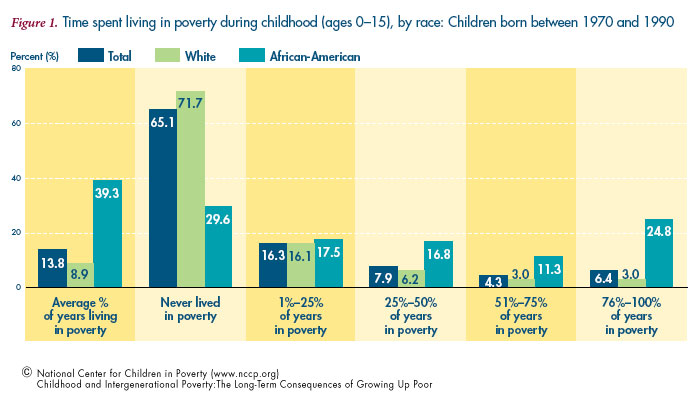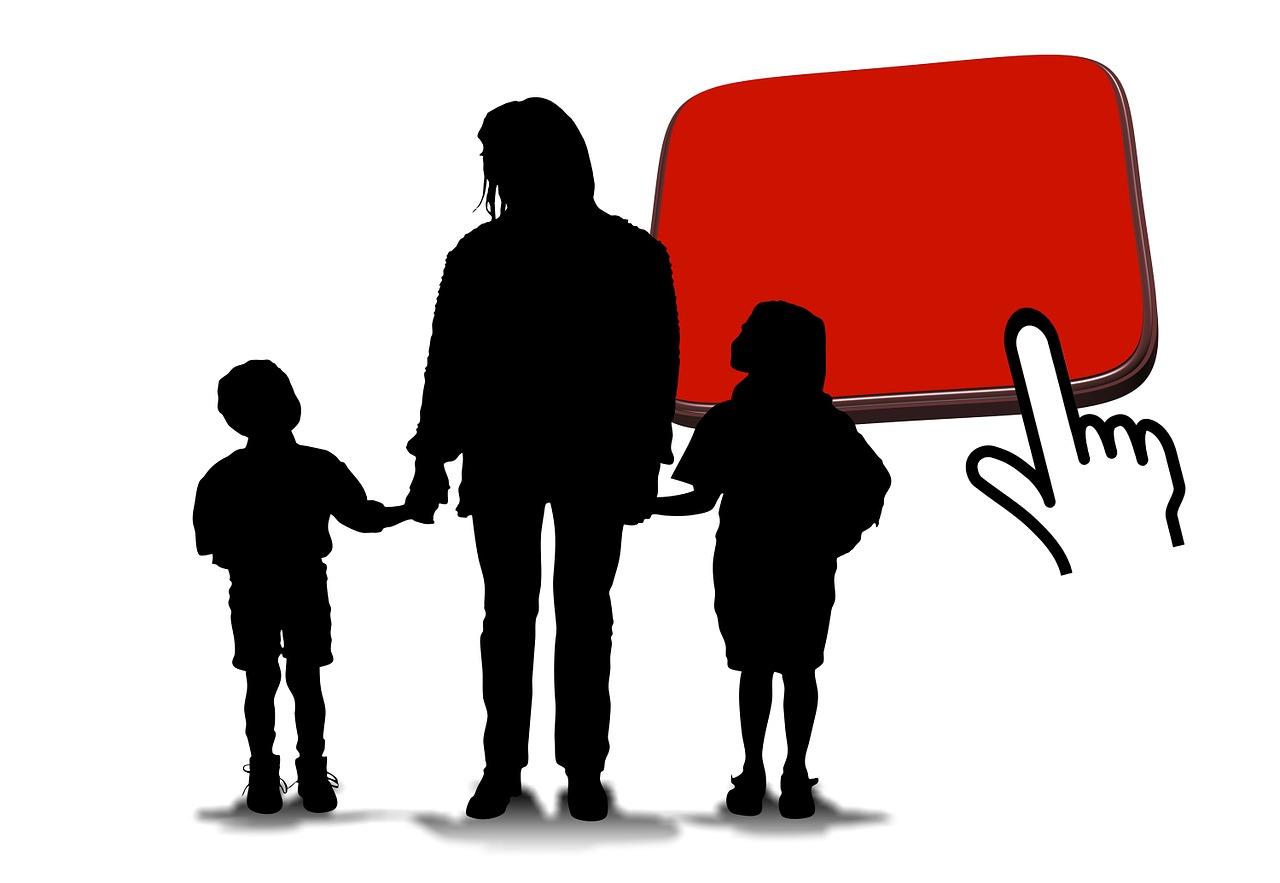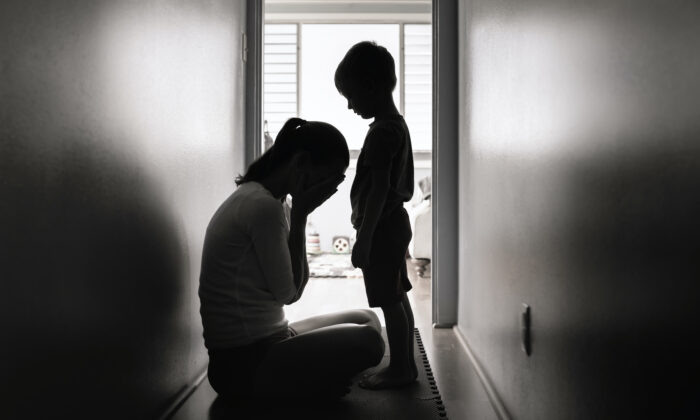Poverty: Single Mothers and Children
Childhood and Intergenerational Poverty: The Long-Term Consequences of Growing Up Poor
Children growing up in low-income families face many challenges that children from more advantaged families do not. These children are more likely to experience multiple family transitions, move frequently, and change schools. The schools they attend are less well funded, and the neighborhoods they live in are more disadvantaged. The parents of these children have fewer resources to invest in them and, as a consequence, their homes have fewer cognitively-stimulating materials, and their parents invest less in their education. The stress of living in poverty and struggling to meet daily needs can also impair parenting.
How Most Kids Can Never Escape Poverty
Just 16 percent of children who grow up in poverty manage to become economically successful adults. How do they do it?
Transitions into & out of Poverty in the United States. How so few can actually do it
- Increased time spent in poverty is associated with lower chances an individual will exit poverty, which ranges from 56% after one year poor to 13% for those in poverty for 7 or more years.
U.S. Poverty Statistics
16% of all Children in the United States Live in Poverty. Only 8.7% of couples are in poverty compared to 23.7% of Single Mothers.
Single Mothers with College Degrees Still Live in Poverty
Black, Native American, and Hispanic single mothers are less likely to hold undergraduate degrees than White and Asian single mothers, with 15 percent of Hispanic, 20 percent of Native American, and 22 percent of Black single mothers holding associate or bachelor’s degrees in 2016, compared with 35 percent and 30 percent of Asian and White single mothers
Children in Single-Parent Families
Effects of Children on Single Mother Households
Only 20% of Children under the age of 9 will experience divorce from their parents whereas 50% of children in a Cohabiting Relationship will experience the separation of their parents.
30% of Single Parents household live in Poverty
This Study indicates that an additional large percentage of Single Mothers live just above the poverty line so therefore the amount of Single Parents living at or near the Poverty Line could be as high as 50%!!!
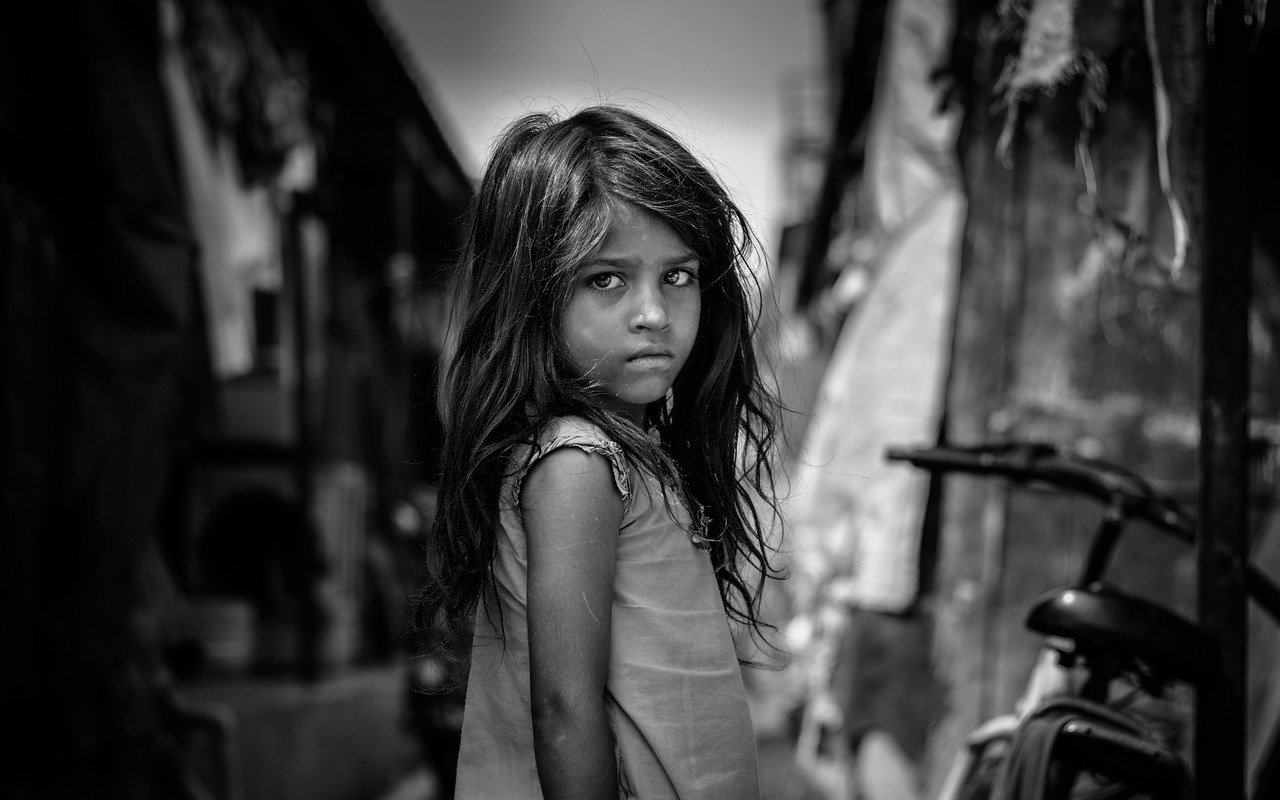
How the Census Bureau Measures Poverty
The Poverty Threshold in the United States in 2020 for a family of 5. Two children Mother, Father, and Great Aunt living together was ONLY $31,661!!!
So that is Poverty in America!
And to think that 38.1% of all Children Single Mother Homes LIVE IN POVERTY!
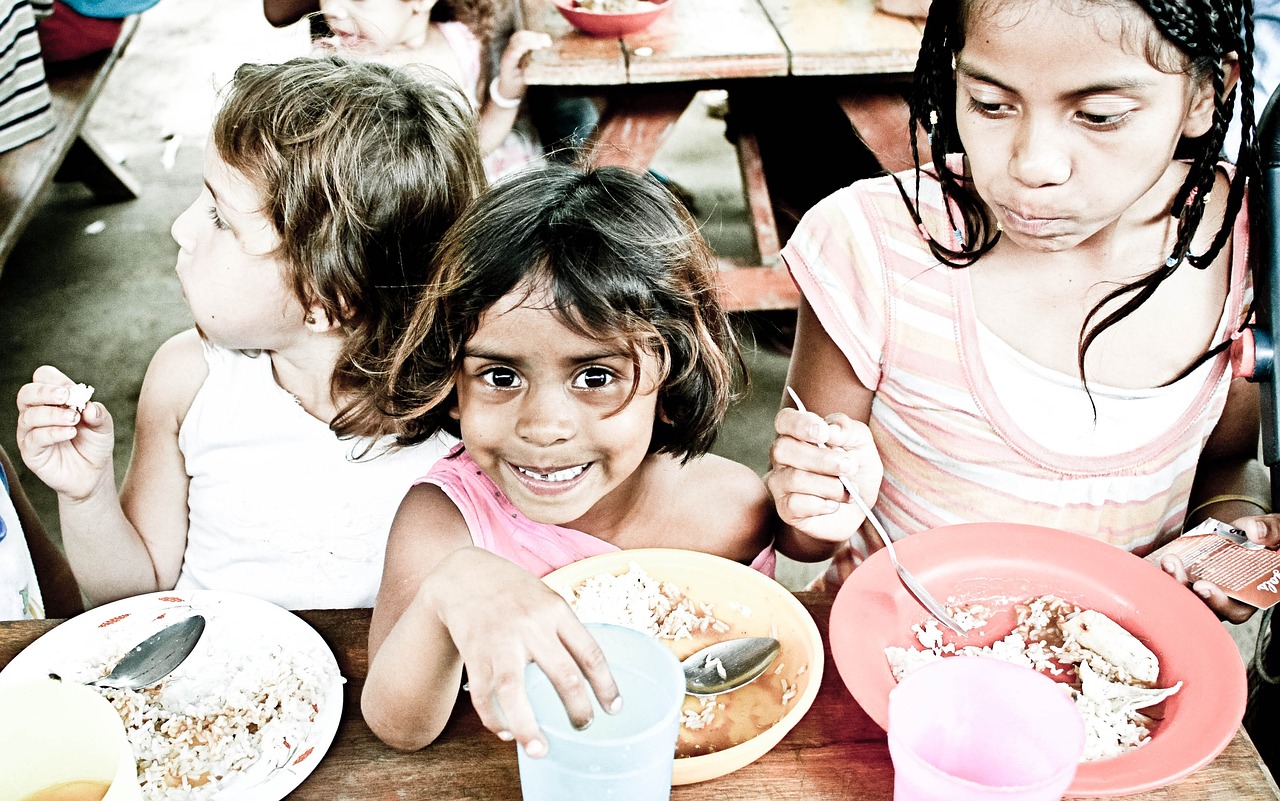
3.4 million more children in poverty in February 2022 than December 2021
National Poverty Rate in United States Jumped to
14.4% in the United States
Children in Poverty
11.3% Whites
23.4% Hispanics
24.9% Blacks
16.3% Asians$
Half of all children in lone-parent families are in relative poverty
Half of all children in lone-parent families are now living in relative poverty, according to exclusive research that shows how a decade of austerity-driven cuts to benefits has left single parents among the most exposed to soaring inflation.
Effects of Single Motherhood on Poverty
Despite government spending over $22 trillion1) on anti-poverty programs since the 1960s War on Poverty began, the child poverty rate has barely decreased: from 20.7 percent in 1965 to 19.2 percent in 2015.2) The War on Poverty largely failed because it ignored the role of marriage in reducing poverty. Poverty is most prevalent in non-intact families. According to the U.S. Census Bureau, single-parent families are significantly more likely to fall into poverty than are married-couple
The Devastating Impact of America’s High Rate of Single-Mother Households on Children, Families
Poverty is disproportionately affecting single mothers and children. But did you know that British Columbia has one of the highest child poverty rates in the country? Below are a few startling statistics demonstrating how lone parenthood is more significantly affected by food insecurity and poverty

